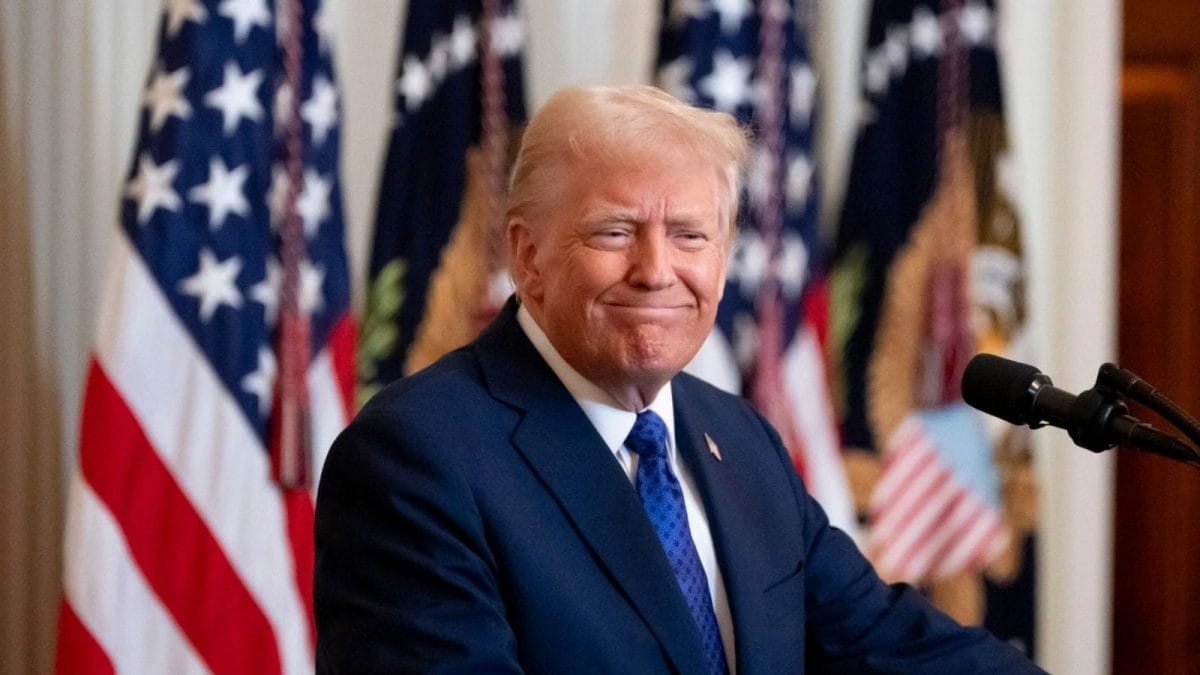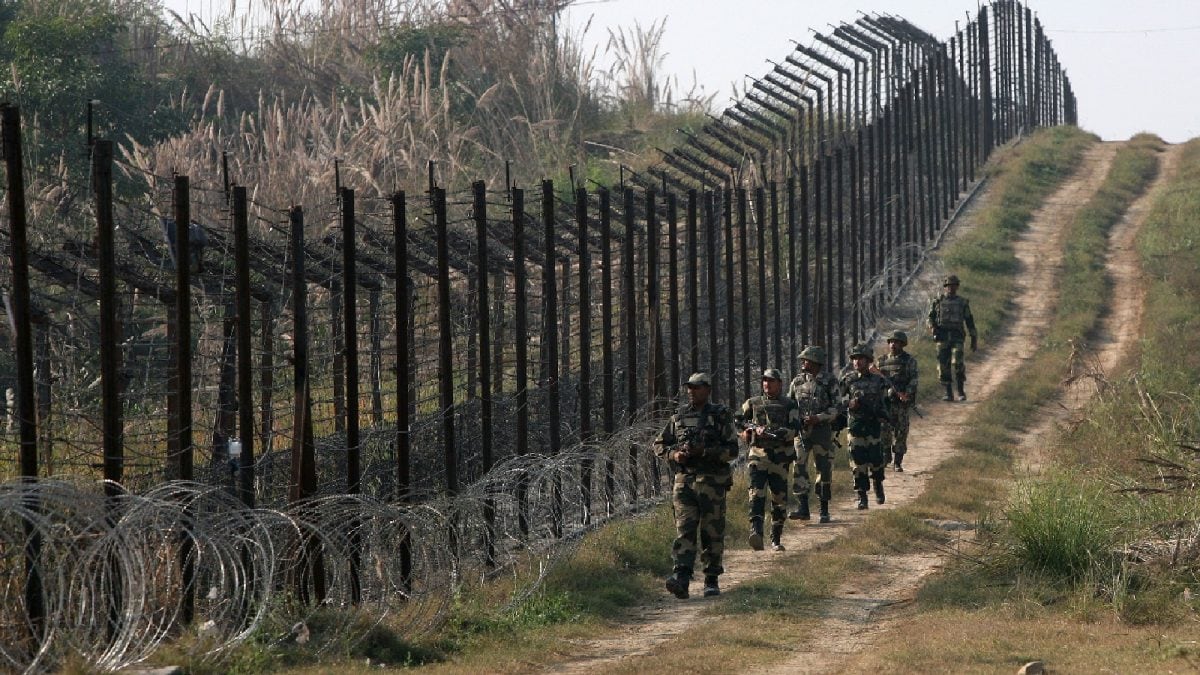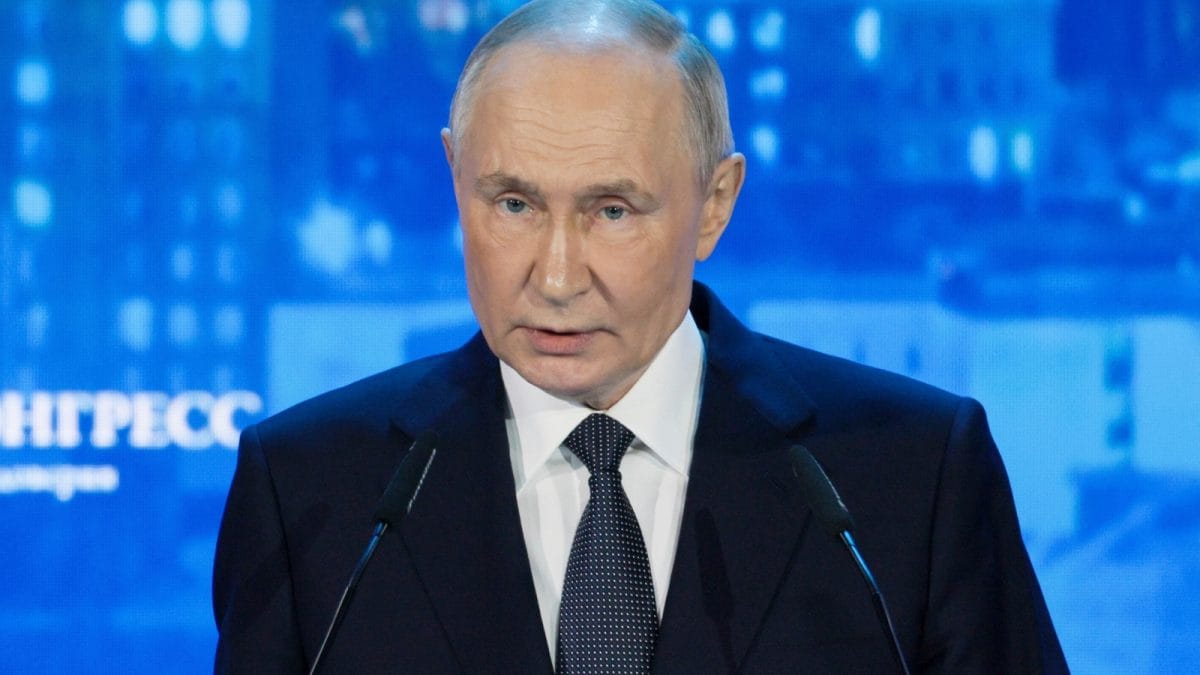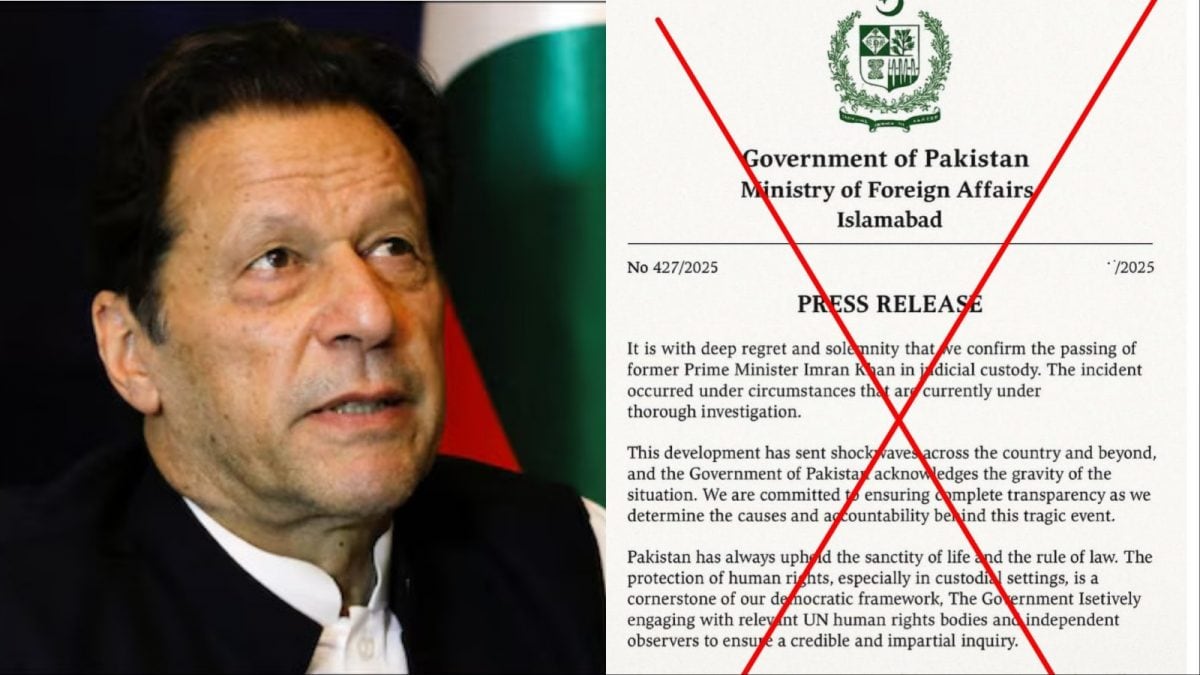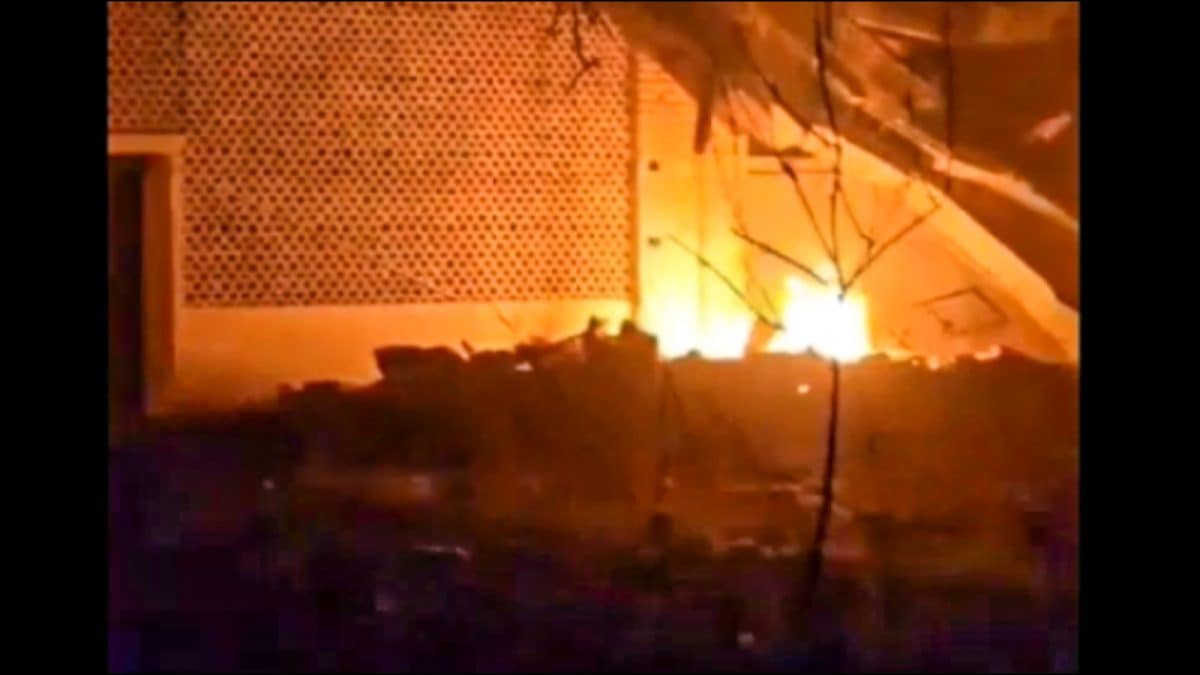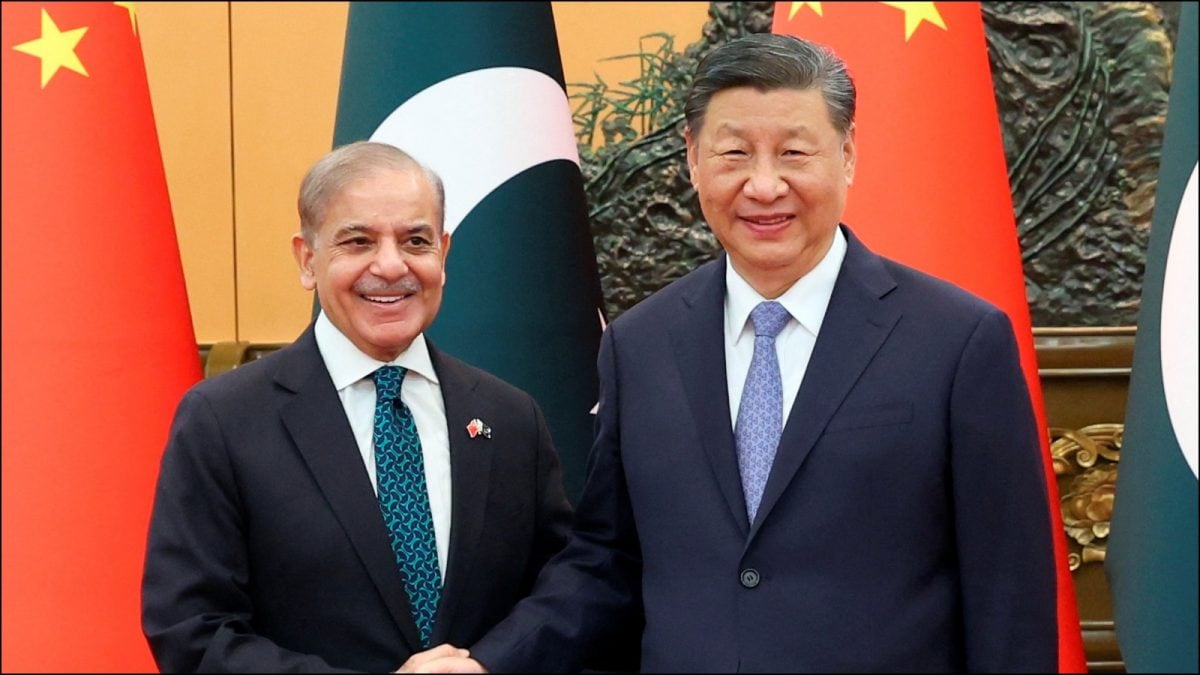In a revelation that has reverberated across global defence circles, the Pentagon has made a striking allegation: Iran may be developing plasma weapons, a technology once confined to the realm of science fiction.
In a revelation that has reverberated across global defence circles, the Pentagon has made a striking allegation: Iran may be developing plasma weapons, a technology once confined to the realm of science fiction.
The statement, delivered by Chief Pentagon Spokesman Sean Parnell on March 22 comes without any publicly presented evidence—no satellite imagery, no declassified documents—only the unsettling suggestion of a new frontier in Iranian military capability.
What Are Plasma Weapons?
To understand the gravity of the claim, one must first grasp what plasma weapons entail. Plasma—the fourth state of matter, alongside solid, liquid and gas—is composed of ionised particles, meaning atoms that have lost or gained electrons. This makes it electrically conductive, highly responsive to magnetic and electric fields, and astonishingly hot.
Plasma is the stuff of stars, visible in everything from lightning bolts to neon signs. But weaponising it? That’s another story entirely.
Plasma weapons are a type of directed-energy weapon. The concept involves harnessing beams of superheated, charged plasma to disable electronics, pierce through armour, or even down aircraft. Think “Star Wars” blasters—but constrained by real-world physics.
The biggest hurdle? Stability. Plasma disperses rapidly outside controlled environments and requires enormous energy to generate—factors that currently make it impractical for conventional warfare.
Even Superpowers Struggle
Even the United States has found plasma weapon development to be an uphill battle. The Defence Advanced Research Projects Agency (DARPA) has long been exploring such technologies, including through a classified programme known as MARAUDER. Yet no nation—not even technological powerhouses like the U.S., China, or Russia—has successfully fielded a combat-ready plasma weapon to date.
Which makes the Pentagon’s assertion about Iran all the more startling.
Iran’s Capabilities and Intentions
Iran has long pursued covert military advancements. Its controversial nuclear programme is well-documented, and reports suggest organisations such as the Atomic Energy Organisation of Iran and Malek-Ashtar University have been experimenting with plasma-related technologies for at least five years.
Still, the notion that Iran—heavily sanctioned and restricted in its access to advanced technology—could leapfrog global powers in such a complex domain raises scepticism.
Timing Is Everything
The context of this announcement adds to its weight. Tensions in West Asia are escalating. The Israel-Gaza conflict rages on, Houthi forces remain active in Yemen, and unrest continues in Syria and Lebanon. Meanwhile, Iran’s nuclear ambitions are once again under scrutiny, with Washington imposing fresh sanctions in recent weeks.
In this fraught environment, even an unsubstantiated claim like “Iran may have plasma weapons” can have serious geopolitical ramifications. Whether it’s true or not, it sends a clear message—one that may be more about influence than information.
Hype or Reality?
So, is Iran really on the cusp of unveiling a science fiction-style superweapon? Or is this yet another act in the long-running theatre of psychological warfare and strategic posturing?
For now, there’s no confirmation—just speculation from Washington, and silence from Tehran.
But in a region already on edge, even whispers of advanced weaponry are enough to stir global concern.
Published By:
Rudrashis kanjilal
Published On:
Apr 8, 2025

 1 month ago
1 month ago


